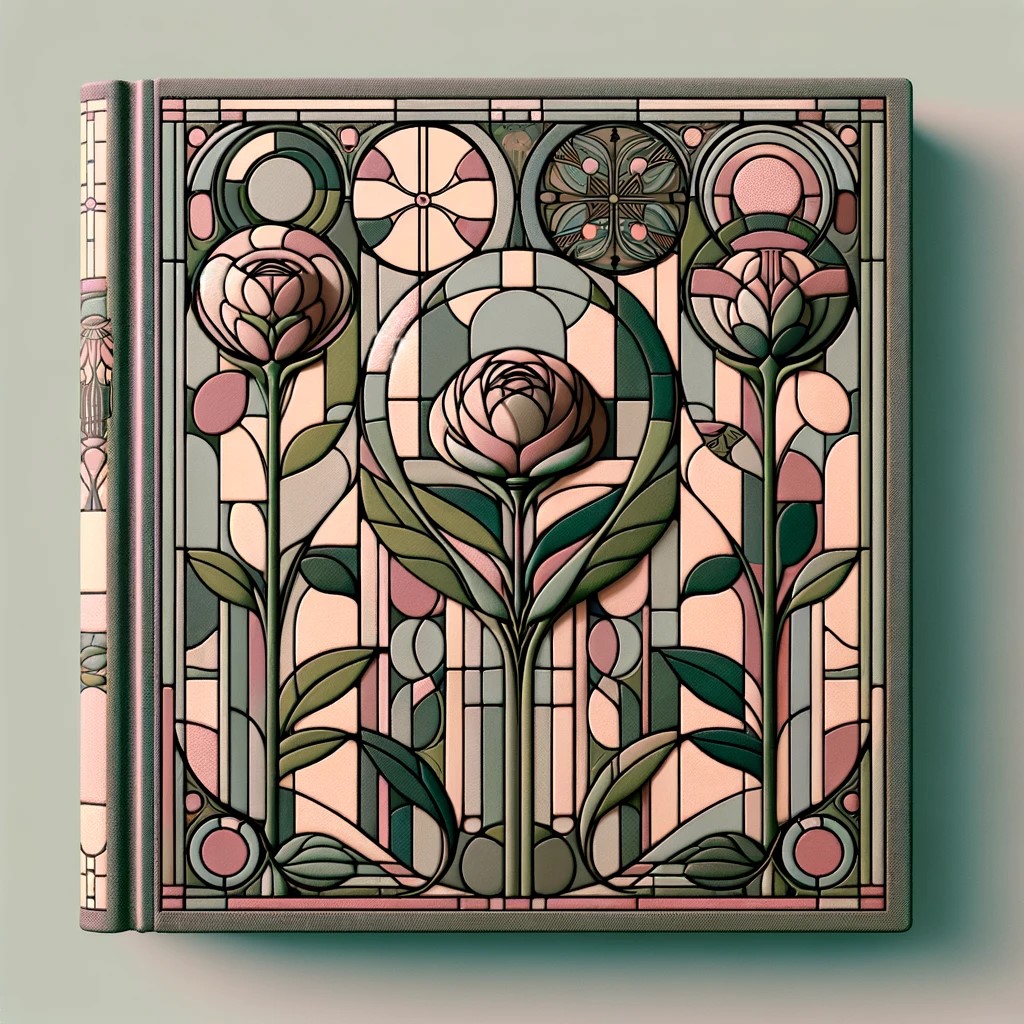The Glasgow School of Art has been a pivotal institution in nurturing artistic talents, and its influence on bookbinding is profound. Established in the late 19th century, the School became a hub for the Arts and Crafts movement in Scotland. This movement, emphasizing hand-crafted quality over mass-produced goods, greatly impacted bookbinding. The Glasgow bookbinding style, much like its architectural counterpart, embraced a fusion of naturalistic and geometric motifs, a bold use of color, and an innovative blend of materials.
In the modern era, Tom McEwan stands out as a significant contributor to the Glasgow bookbinding tradition. A GSA alumnus, McEwan is celebrated for his skill in traditional bookbinding methods fused with contemporary designs. His work is known for its meticulous craftsmanship and personalized designs, often reflecting the content and context of the books he binds.
However, the contemporary Glasgow bookbinding scene extends beyond McEwan. Emerging artists and craftsmen, trained at institutions like the Glasgow School of Art, are forging new paths in this ancient craft. For example, the work of artists like Sarah Bissell and Gillian Stewart showcase the evolving nature of Glasgow bookbinding. Bissell is known for her experimental approach, often incorporating unconventional materials and techniques, while Stewart’s work reflects a deep respect for traditional bookbinding methods, combined with a modern aesthetic.
These contemporary Glasgow binders are not only preserving the traditional skills but are also pushing the boundaries of the craft. They are involved in innovative projects, like creating artist books, limited editions, and bespoke bindings that reflect current themes and styles. Their work often features in exhibitions and collections, both domestically and internationally, highlighting the global appeal and relevance of Glasgow’s bookbinding tradition.
The contribution of the Glasgow School of Art in this evolution is noteworthy. Through its programs and workshops, the School continues to be a nurturing ground for new talent, ensuring the transfer of skills and the infusion of fresh ideas into the craft. The School’s emphasis on combining traditional techniques with modern design principles has helped keep Glasgow bookbinding relevant and vibrant in the contemporary art scene.
In conclusion, Glasgow bookbinding heritage, enriched by the Glasgow School of Art and figures like Tom McEwan, is a dynamic blend of tradition and innovation. Contemporary practitioners, drawing inspiration from this rich legacy, continue to evolve the craft, ensuring that Glasgow bookbinding remains a significant and vibrant part of the city’s cultural fabric. This ongoing evolution not only honors the historical significance of bookbinding in Glasgow but also secures its future as a creative and artistic craft in the modern world.

